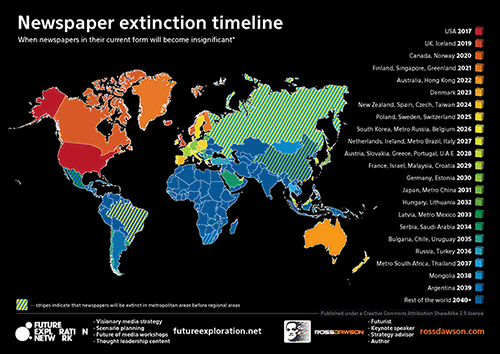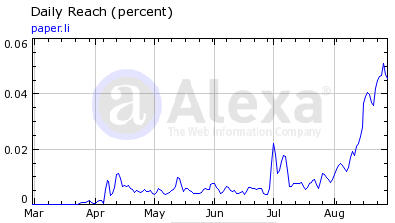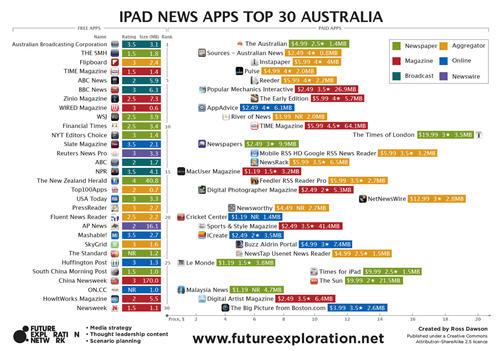Reactions to the Newspaper Extinction Timeline: brickbats and (a few) bouquets
It would be fair to say that my Newspaper Extinction Timeline, released on Monday, has stirred up some controversy.
A partial list of media coverage I have seen so far is at the bottom – I am doing a stack of interviews today and tomorrow so I know there is more to come.
Reactions to the timeline has varied from taking the forecasts at face value, to more commonly scepticism at the pace of change I suggest, to a handful describing it as “complete rubbish”.
It’s worth providing a little background to why I have created the timeline. Given that the future is uncertain, I long believed that it was not appropriate to make specific prognostications. I thought (and still do) that scenario planning was the best way to help people understand the scope of uncertainty in the future, and to prepare effectively.
However in more recent years I have found that being more specific helps to focus people’s minds. If they think the forecast may be right, then there is something very concrete that they have to think through and work out how best to respond. If they disagree, then they need to think through why they think the forecast is wrong, helping to crystallize their own thinking.
The esteemed Roy Greenslade of the Guardian has written about the newspaper timeline two days in a row now, first discussing the forecasts and anticipating “inevitable brickbats” for me, then covering some of the responses to my timeline.
I am delighted that Roy picked up on what is exactly the kind of response to my timeline that I was looking for, from Earl Wilkinson of International Newspaper Marketing Association, who wrote a thoughtful piece about the timeline, excerpted here:



